

Alphatex is launching the BIOTIS 450 anti-insect netting. Specifically designed against the small crucifer flea beetle PHYLLOTRETA, an insect around 0.5mm. Because of its voracious appetite, it ravages turnip, radish and cabbage crops. BIOTIS 450 is also effective against aphids, including the small Aphis Gossypii in the potato. Note that seedling flies cannot penetrate it either.
Its weight per square meter is less than 50g, which means that it can be applied directly after sowing. Moreover, no incidence of fungal has been observed when using it, thanks to its excellent ventilation. Finally, this net lasts 3 to 4 seasons in full use.
Try it now !
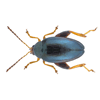

Flea beetles resume their activities in spring, feeding, mating and laying eggs. New adults appear in July/August.


They like freshly sown oilseed rape. But they also feed on radishes, turnips, black radishes and cabbages. Products that can be protected by BIOTIS 450.


They attack the cotyledons, causing necrosis and the death of consumed tissue.
BIOTIS 450 is the brand new woven net made by Alphatex. Its excellent lifespan (3 to 4 seasons) will delight growers. And thanks to its small meshes, small crucifer flea beetles won’t be able to get through.


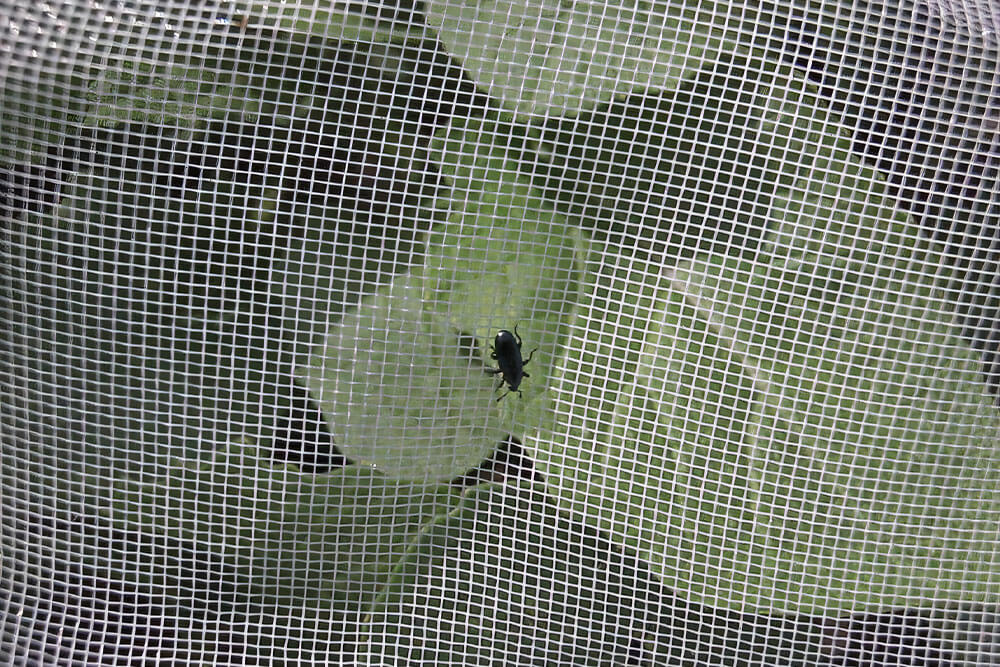
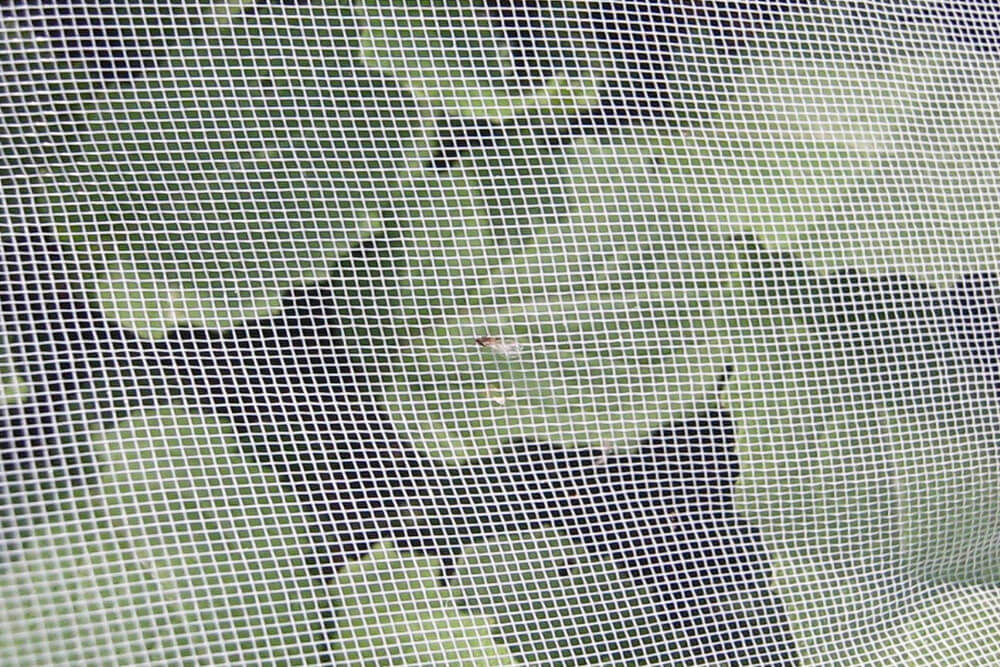

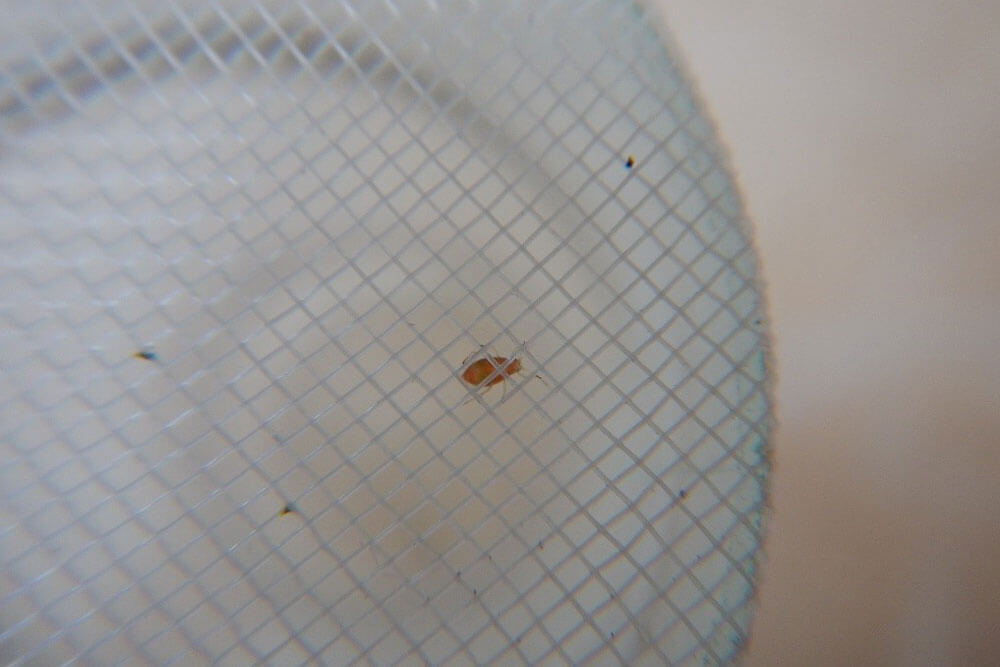

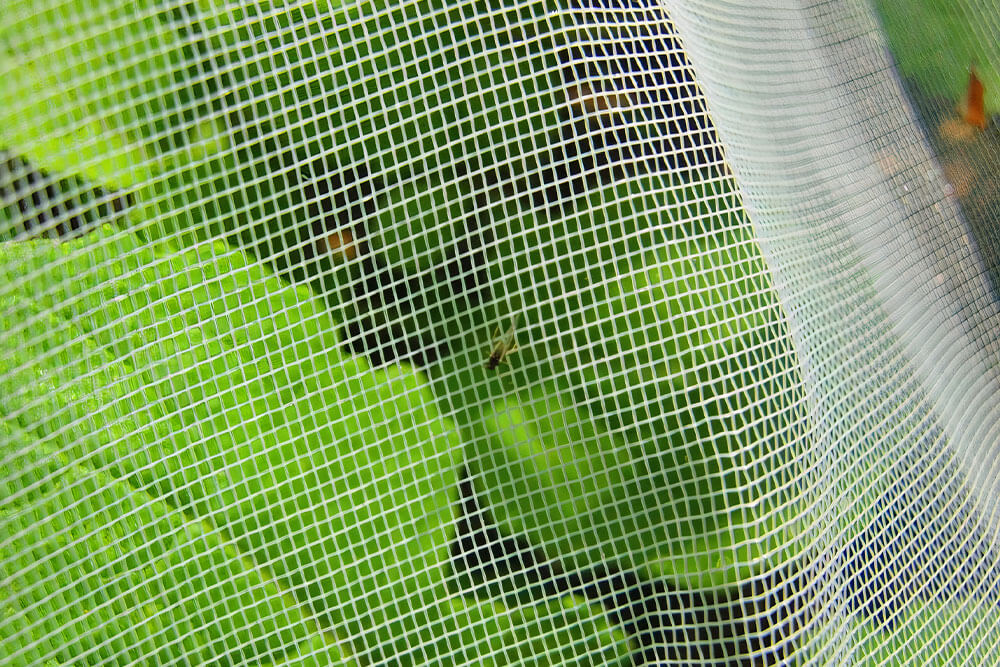

The BIOTIS 450 anti-insect net is a woven net with innovative features. Its small meshes stop a large number of insect pests, including the small crucifer flea beetle Phyllostreta. And thanks to its construction, this net can be reused for several seasons.
First of all, you need to know that since several years, flea beetle pressure has been increasing due to more frequent hot periods and drought. These small insects attack the cotyledons, causing necrosis and death of the tissues consumed.
Phyllotreta flea beetles are phytophagous insects frequently found in cabbage, radish, turnip and rape crops. This species of flea beetle is plain dark colors. With a size of 0.5 mm, this insect is very difficult to stop. That is why Alphatex spent a long time designing a net that could stop them without increasing the risk of fungal diseases.
Did you know ?!
Flea beetles have highly developed hind legs. Thanks to this characteristic, flea beetles can do leaps when they are disturbed. This has earned them the nickname of “crop flea”.
Flea beetles are active between March and October. In other words, between early spring and early autumn. Their propagation process is as follows:
Please notice that flea beetles are particularly active when temperatures are between 15°C and 27°C. They are less present in crops when the weather is cooler and wetter. Flea beetles tend to congregate at the edges of fields when weather conditions are less favourable.
When flea beetles reach adulthood, they can cause major damage to crops. Once they are on the leaves, they feed on the upper surface. This action results in the appearance of holes several millimetres in size on the epidermis.
Subsequently, these holes can develop and perforate the entire leaf. The part not eaten by the flea beetle then becomes necrotic and end up dying.
That is why it’s so important to protect yourself against this potential damage, which causes major losses for growers.
The BIOTIS 450 anti-insect net is the best solution for preventing the arrival of small flea beetles. This solution is a physical barrier that prevents them from reaching and damaging crops. For more information, please click on the button below.


Material : HDPE
Weight : 45-48 g/m² (depending on the lateral reinforcements)
Mesh size : 435µ x 670µ
Colour : Crystal
UV treatment : 320 kly
Water permeability : 96% flat, 86% on hoops